A growing body of science is revealing the harm that light pollution is causing, and LED streetlighting could be a big factor, writes Anna Levin.
The dark days of January, when many indoor workers miss the scarce sunlight altogether, might seem an unlikely time to be complaining about too much light.
But this is when I feel it most – the relentless glare from car headlights, security lights and especially street lights. There is light all night long.
The use of artificial light has grown exponentially over the last century, and surged in the past decade. There has been a big change in the quality as well as the quantity of it. The rapid rise in LED technology has spread brighter, harsher and more intense light.
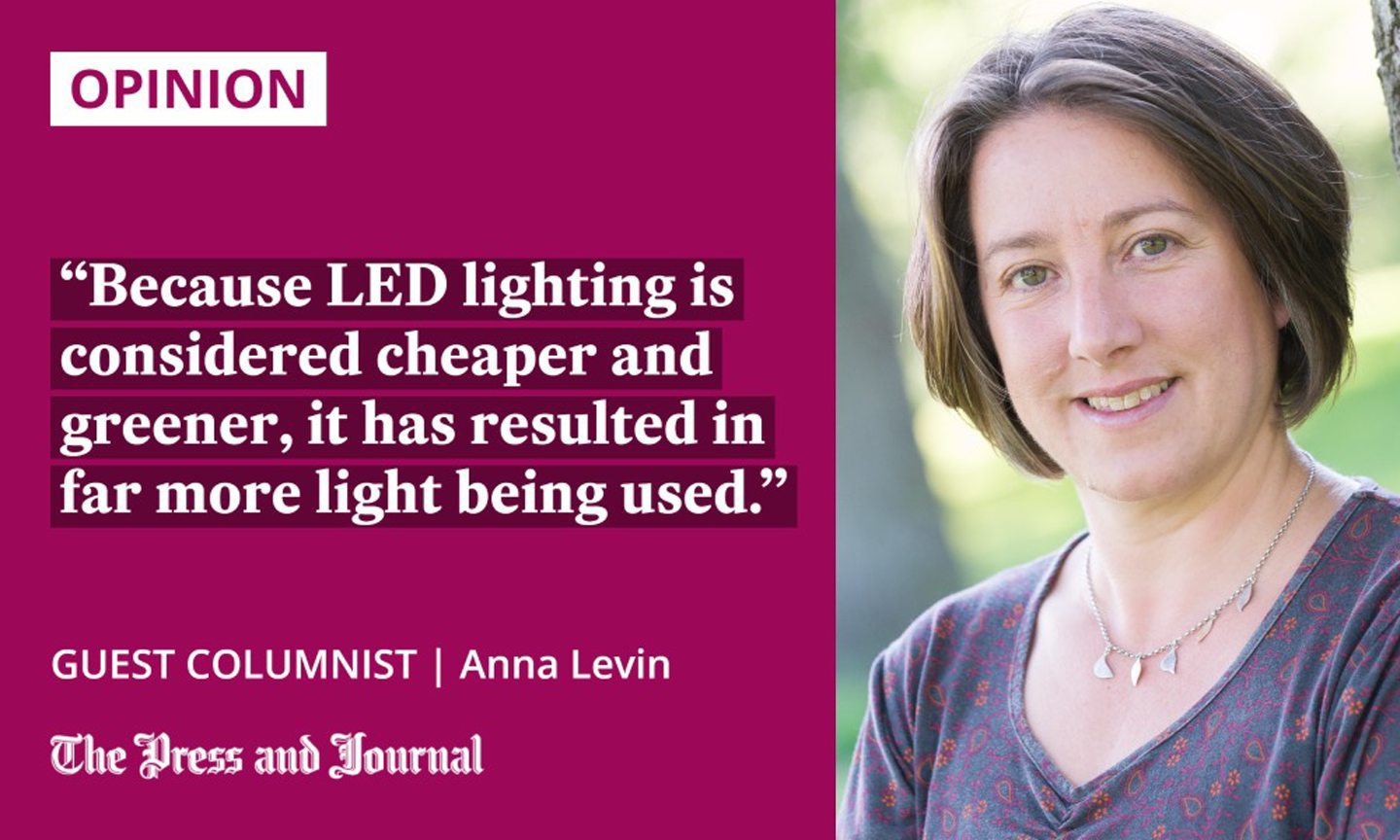
And here’s the irony – the ban on traditional incandescent lighting and change to LED technology was said to be driven by environmental concern; reducing energy use, and, therefore, CO2 emissions, through greater efficiency.
Yet, because LED lighting is considered cheaper and greener, it has resulted in far more light being used. This exacerbates a problem that ecologists say is as significant as climate change in its disruption of the natural world: light pollution.
A growing body of science is revealing the harm that light pollution is causing. Light is time in the natural world, and it sets the body clock in all living things – ourselves included.
Too much light at night affects every aspect of human health
Light controls the systems within each being, whether a human, insect or coral, and within ecosystems. Too much light at night affects every aspect of human health, including obesity, diabetes and some cancers.
LED streetlights are a particular problem. The Scottish-based charity LightAware sent freedom of information requests to all councils, revealing that most undertook no environmental or human health impact assessment before the transition to LED streetlighting.
Many councils, including Aberdeen and Moray, took no heed of international reports warning that the colour of the lights they were installing (known as “4000K”) is particularly disruptive to human health and ecology.
LED switch has been rushed and botched
Some people experience pain and ill health when exposed to LED lighting. So, using LED for street lights results in brutal social exclusion: those severely affected are now not able to leave their homes at all after dark. Too-white streetlighting also results in disturbed sleep, in humans, songbirds and trees alike.
Claims of saving money and energy depend on what you measure. And wasted light at night is wasted energy
Last year, the International Dark-Sky Association released a report summarising all the latest science on light pollution. It questions whether the transition to LED lighting provides any meaningful environmental benefit, and talks of “greenwashing”.
Claims of saving money and energy depend on what you measure. And wasted light at night is wasted energy, contributing directly to climate change.
The change to LED streetlighting has been rushed and botched. We need to think again with new measurements that consider the true human and environmental costs.
Anna Levin is an author, journalist and editor
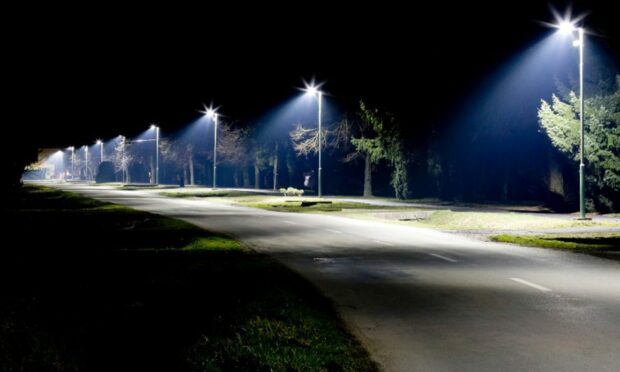

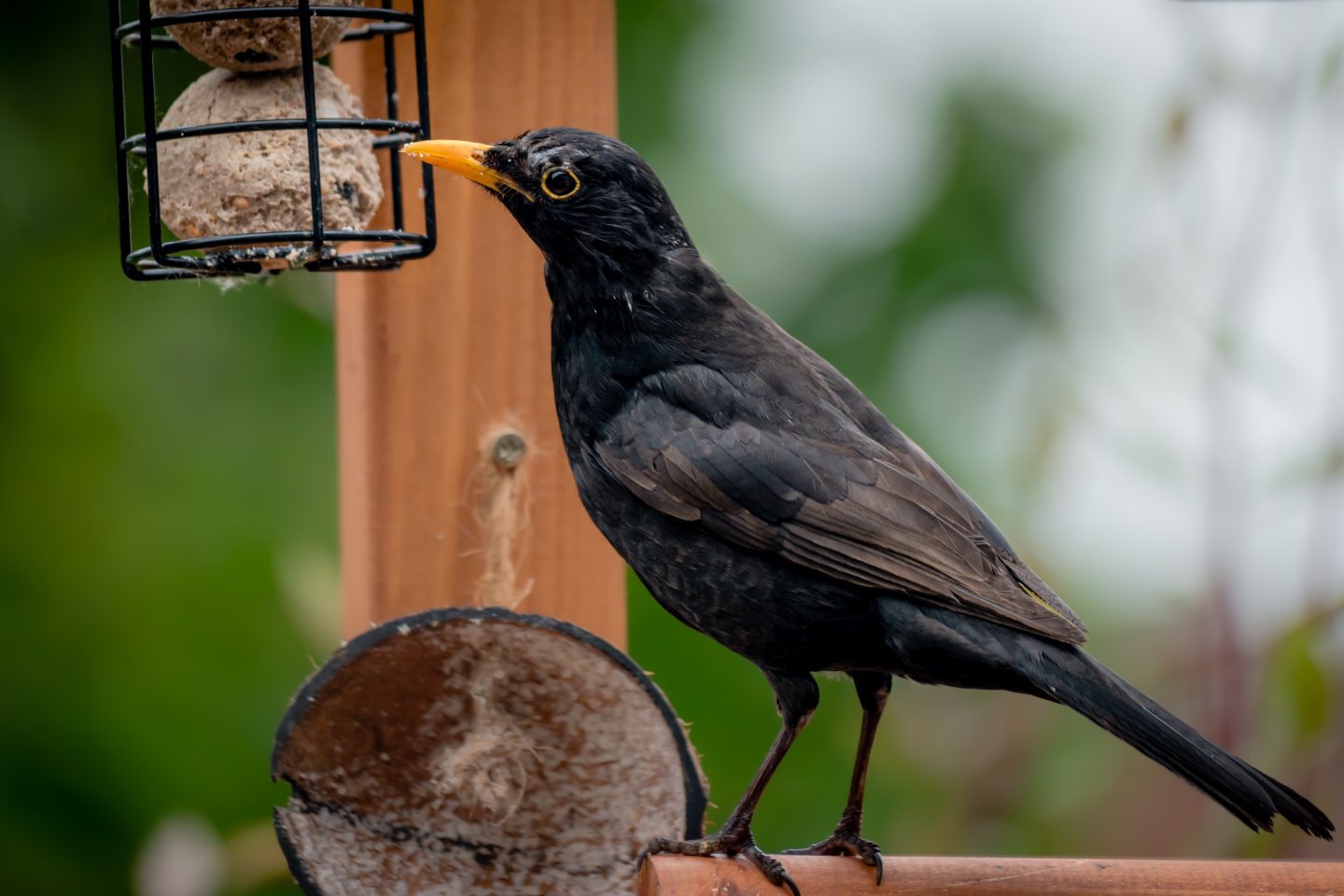

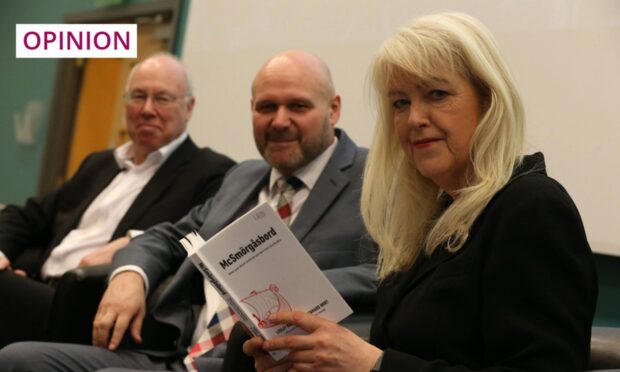




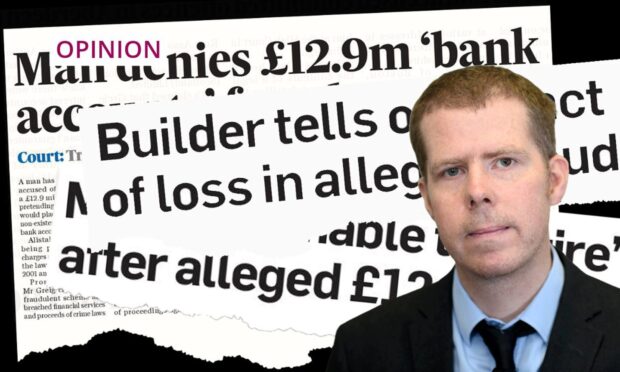



Conversation